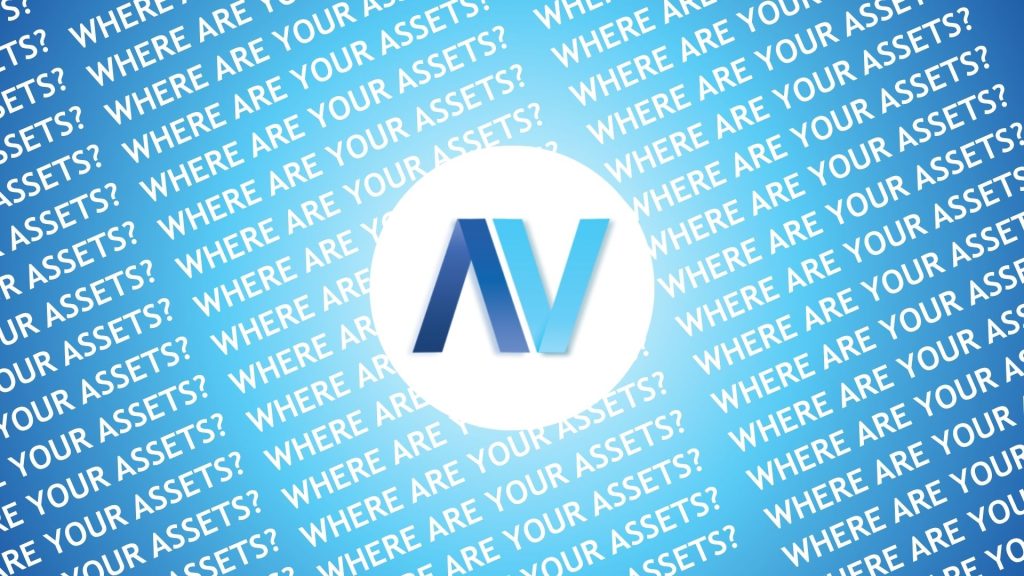Hardware Asset Tracking & Management
What Is Hardware Asset Tracking?
Hardware Asset Management (HAM) is the process of inventorying and tracking physical IT components like laptops, computers, drives, servers, routers, and other physical devices. This helps control costs, prepare for audits, and keep your organization on top of all the requirements needed to ensure full functionality. With the right asset management hardware, you can reduce time spent ordering, deploying, and retiring hardware and spend more time on the things that make you money.

Our Hardware Asset Benefits Are Better Faster Cost-Effective

Maintain Security

Lower Audit Interference

Manage Your IT Inventory

Reduce Loss & Theft
Premium Hardware Asset Management Services
Hardware Asset Management (HAM) provides numerous benefits to organizations by streamlining the process of tracking and managing IT hardware assets, including: improved business agility, increased asset lifespan, reduced overheads, increased operational efficiency, reduced management effort, enhanced security and visibility in asset use, improved control over IT inventory, better optimization of tech ROI, minimized risks, and properly logged value and usefulness of IT hard assets.
COVID-19 certainly altered the way that businesses move and operate. Many roles traditionally completed in an office setting are now being done from home. This has challenged organizations to keep track of company hardware that has left the office setting and is distributed in disparate locations.
Asset Vue’s IT hardware asset management software can manage both where the asset is assigned and the condition or state of the asset (for example, if the asset state is “in inventory,” “in use,” or “decommissioned”). With these capabilities, our hardware asset tracking services provide a host of benefits for your organization.
The components of a Hardware Asset Management system include: asset tagging, assigning ownership, routine maintenance, location tracking, warranty documents tracking, contracts tracking, licensing agreements tracking, and maintenance records tracking.
Hardware asset management can be used to manage a wide variety of hardware assets. This includes consumer electronics, PCs and laptops, servers, storage and backup devices, network infrastructure, IoT devices, printers, and other peripherals. Additionally, hardware asset management can be used to track warranties, contracts, licensing agreements, and maintenance records for all hardware assets. This provides IT teams with complete visibility and control over the IT hardware, from procurement to retirement.
1. To track and catalog all IT assets across the organization
Hardware asset management (HAM) helps organizations track and catalog all IT assets across the organization by providing complete and accurate insight into managed IT assets. This allows for improved visibility, increased productivity, and the ability to group, find and manage assets with ease. By conducting regular asset audits, organizations can reduce costs, improve security, and ensure compliance with regulatory requirements. And identify idle assets that are more likely to be targeted for theft and monitor software at scale.
2. To ensure that the right assets are available when needed
Hardware asset management can help ensure the right assets are available when needed by tracking assets to reduce costs, manage assets from different locations, promote economic stability and growth, and automate the lifecycle management process. Through asset tagging, assigning ownership, and tracking the asset’s location, organizations can gain a comprehensive view of their entire hardware asset estate, making it easier to identify missing hardware and plan against financial, operational and legal risks.
3. To improve IT efficiency and identify and reduce waste
Hardware asset management can help improve IT efficiency and productivity by providing better visibility into IT assets and more accurately tracking hardware status. Asset management allows IT teams to make informed decisions about their procurement of new assets and usage of existing assets, eliminating unnecessary expenditures and reducing wasteful activity. It also provides detailed hardware status information throughout the lifecycle, including information like refresh schedules, maintenance, and hardware requirements for software.
4. To ensure data security, uptime and compliance
Hardware asset management helps to ensure IT system and data security by allowing administrators to track, monitor, and manage their hardware assets. This includes keeping accurate records of all hardware in the system, conducting regular audits to identify any missing or unaccounted-for assets, and providing maintenance reports to highlight any potential issues or vulnerabilities in the system. Having an asset management system in place also allows for automated alerts to be sent when a device or software is no longer up-to-date or not in compliance with security or other IT policies.
5. To improve IT budget efficiency
Asset management hardware can help improve IT budget efficiency by providing detailed hardware status information throughout the asset’s lifecycle and allowing enterprises to reclaim unused licenses for reallocation or renegotiation with software vendors. It also gives IT teams the ability to make informed decisions about the procurement of new assets and the usage of existing assets.
6. To improve IT asset lifecycle management
Hardware asset management improves IT asset lifecycle management by providing detailed insight into the current state of IT assets and their associated costs. It provides an automated discovery process for discovering and managing assets, and helps to ensure the timely purchase and maintenance of these assets. This proactive approach allows companies to better forecast their asset purchasing needs, and make more informed purchase decisions.
7. To improve IT asset inventory accuracy
Hardware asset management can significantly improve IT asset inventory accuracy by providing a complete, accurate, and real-time insight into managed IT assets. Through automated IT asset discovery and management, businesses can act on real-time asset information, easily group, find and manage assets, track and alert on asset changes, and monitor and manage software at scale. With hardware asset management, businesses can conduct regular audits of hardware assets to ensure accurate records and identify any missing or unaccounted-for assets.
8. To improve IT asset procurement efficiency
Hardware Asset Management (HAM) can improve IT asset procurement efficiency by providing enriched data on utilization and helping to make informed decisions about the procurement of new assets and the usage of existing ones. It can also reduce the cost of purchasing and managing assets and automate the lifecycle management process, so that IT teams can track and alert on asset changes and get complete, accurate, and real-time insight into managed IT assets.
9. To reduce the cost of hardware asset management lifecycle
Hardware asset management (HAM) can help reduce the cost of hardware asset disposal by allowing to actively and correctly manage hardware assets throughout their lifecycle. This not only leads to a reduction in the amount of money spent on the hardware itself during its lifecycle, but also helps to reduce the amount of money spent on maintenance and repair costs.
Learn More About Asset Vue
Fill in the form and we’ll get back to you quickly.
- HAVE A QUESTION?
- READY FOR A DEMONSTRATION?
- INTERESTED IN A FREE PROCESS EVALUATION?
…What Separates Asset Vue From the Rest?
With decades of experience in IT asset management, we’ve seen it all. Given our expertise in data centers and the corporate IT world, we know what works. After a decade of experience at Asset Vue, we’ll help create a high-quality IT asset management system. Additionally, we’ll fix your specific ITAM asset management and inventory tracking challenges.
In short, Asset Vue delivers more than an asset-tracking software product. For example, we travel on-site for every deployment and work with your teams. Why? Because we value ensuring our IT asset management services operate in the real world. To summarize, we employ the best team in the business for seamless implementation. Your success is our success. In conclusion, we tailor ITAM solutions to your company’s needs.
What are you waiting for? Contact our team for ITAM asset management solutions today. Schedule a free demo with our representatives!